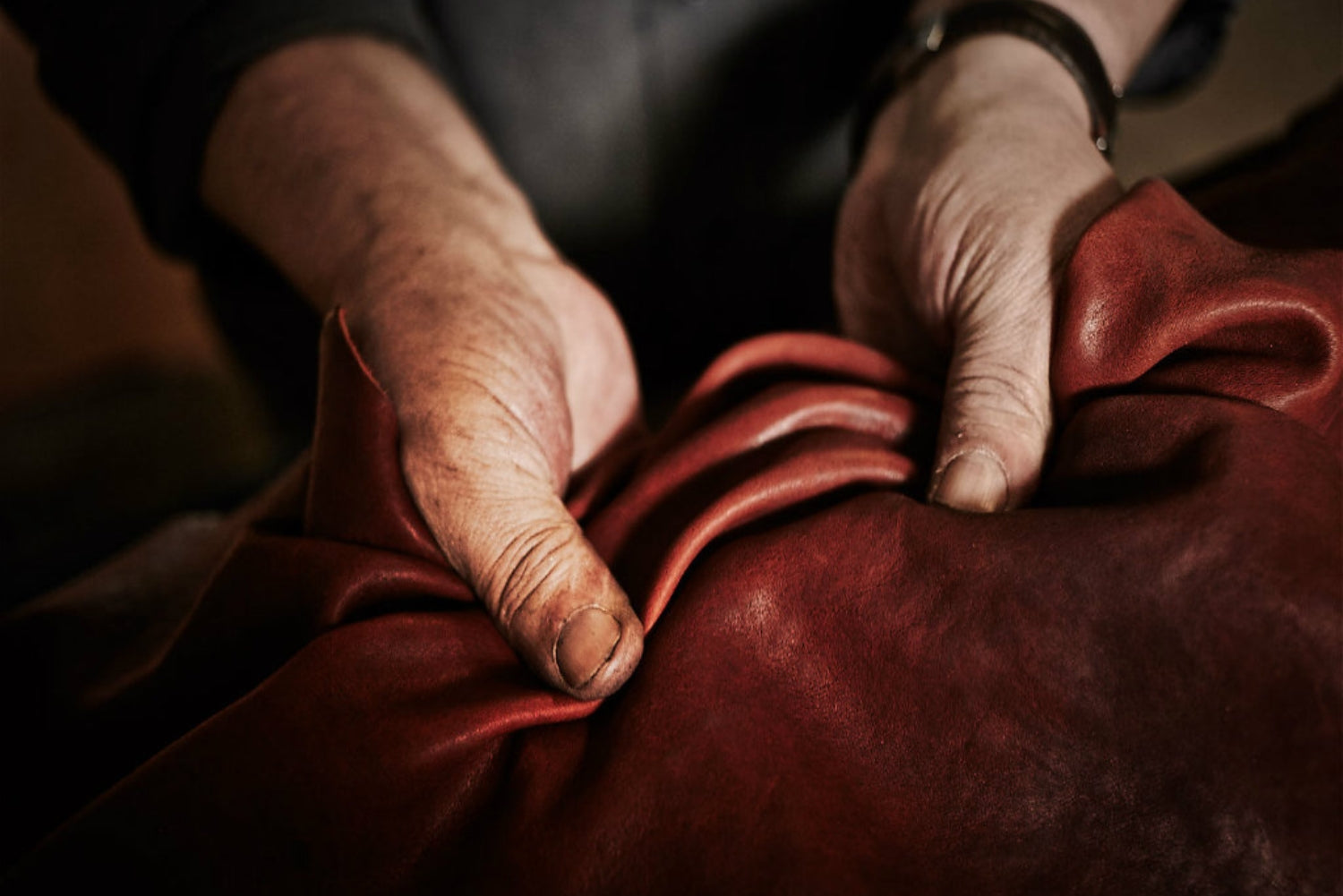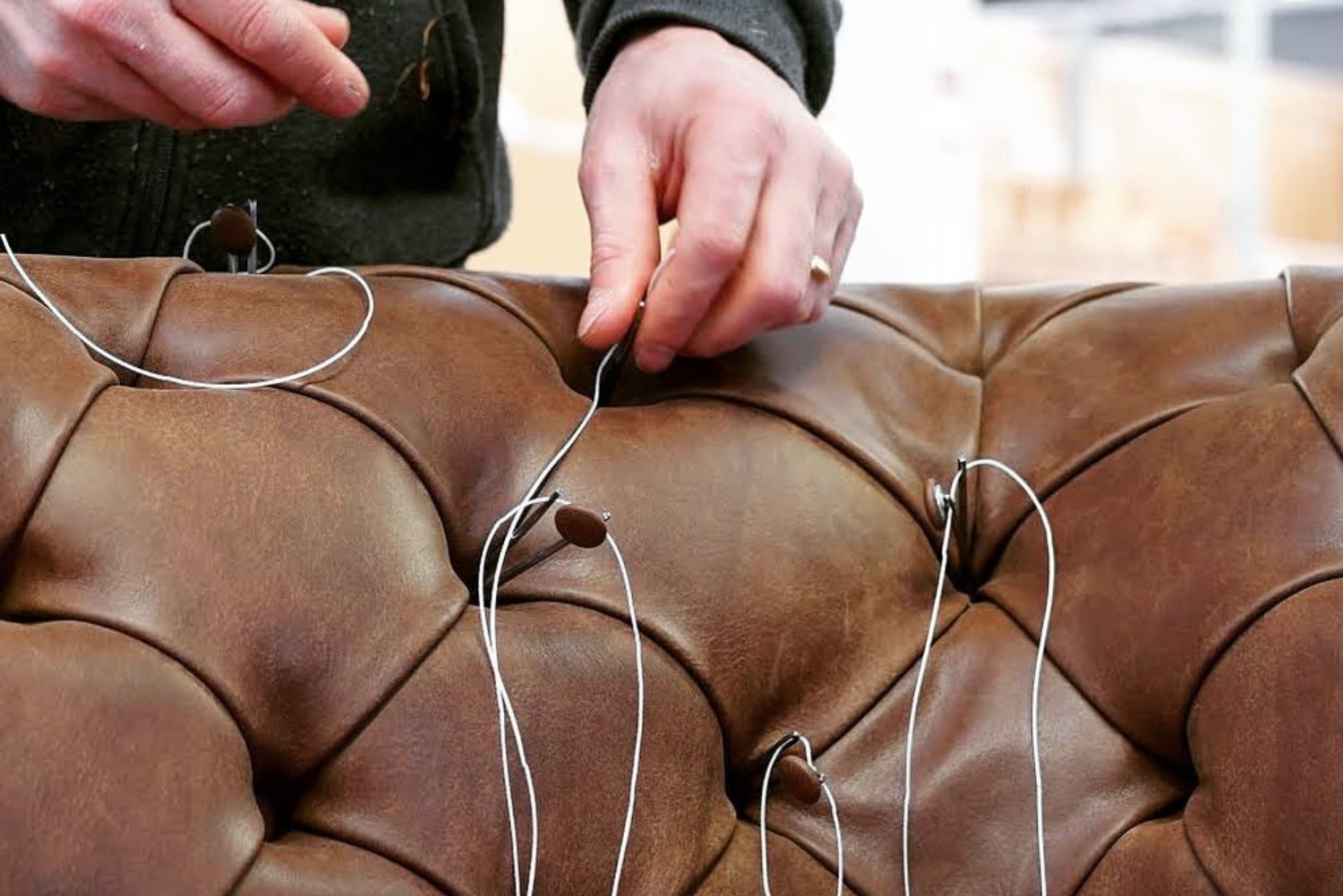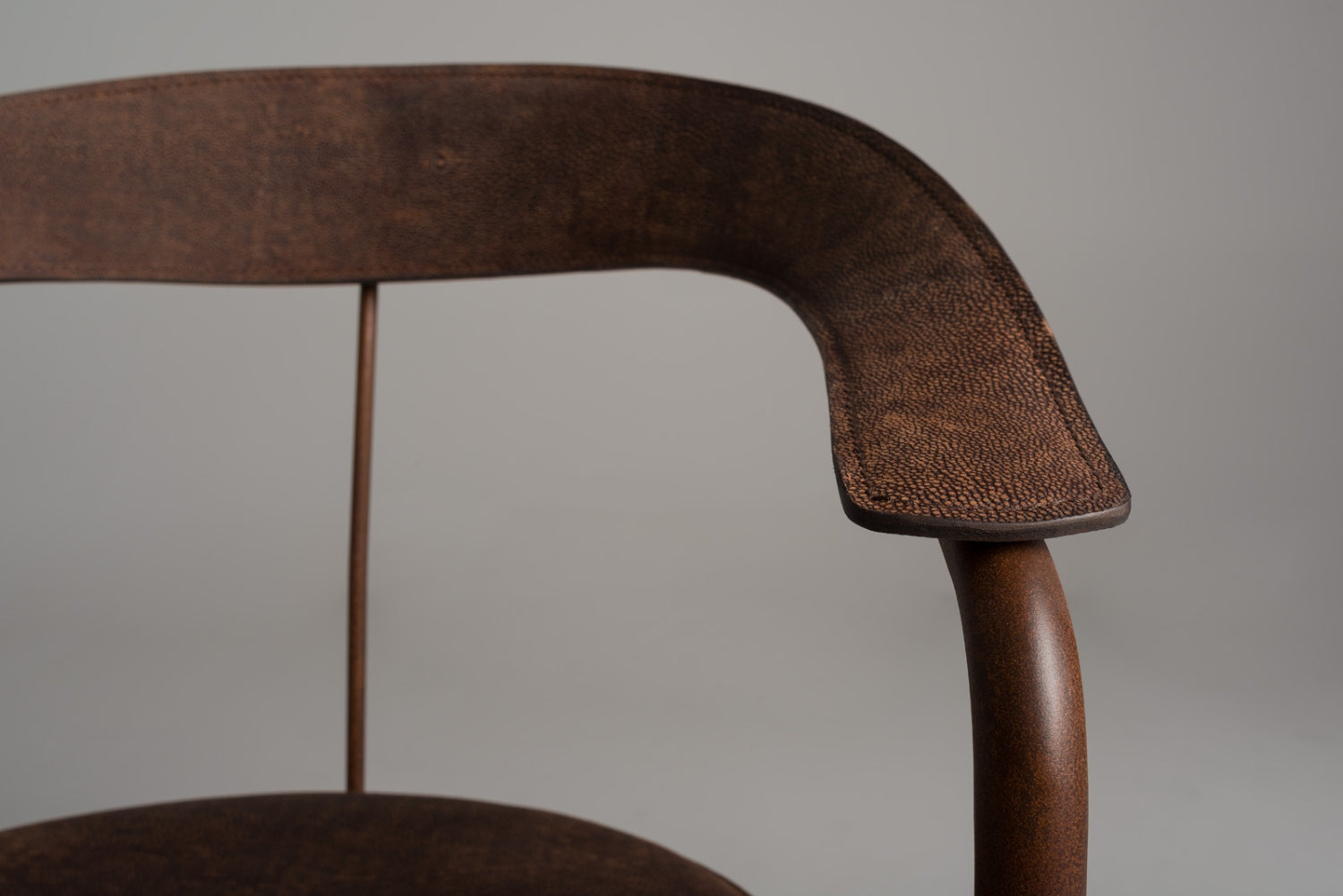Tanning or tanning of leather is the treatment to which the leather is subjected in order to preserve and work it : in tanneries the raw skin of animals (which is subject to putrefaction as the days pass) is transformed into leather and made waterproof and rot-proof , as well as more resistant and flexible through a series of chemical and mechanical operations and treatments with substances of animal or vegetable origin.
The tanning process is rather long and complex, it can last several hours and can be divided into 3 large phases: tanning, retanning and finishing .
Each of them involves various phases with specific purposes. Then there are preliminary phases, even prior to tanning, which serve to block the degradation processes to which fresh animal skins are naturally subject: this first conservation phase consists of making it impossible for bacteria and microorganisms to develop inside the skin. responsible for putrefactive processes.
There are various methods and the most common are two:
-
Salting : the skin is treated with common salt (sodium chloride, NaCl) of marine or mineral origin. It is a very efficient and economical process, but highly polluting, especially for water. It is especially suitable for thick leather, such as bovine leather, because the salt quickly penetrates the entire thickness.
-
Drying : as much water as possible is eliminated from the skin, creating conditions unsuitable for the life of microorganisms. This method is not harmful to the environment but nevertheless only suitable for thin skins (such as sheep and goats).
Other preservation systems, including cold storage, are much less common due to cost and time constraints.
It is one of the oldest human activities , dating back to prehistory, when men hunted and raised animals and had to find a way to make them unalterable when temperatures changed (the cold made them stiff and the heat led to putrefaction). They therefore began to dry them or use oils and fats to make them more flexible and resistant.
This is also an important process on an ecological level , as it allows us to recover and ennoble a by-product of the food industry , which would otherwise be disposed of or, worse still, buried, destabilizing the ecosystem.
Today the tanning activity is very widespread, it takes place using various techniques and is still carried out in an artisanal manner , although large industries and tanneries use large machinery and more specific chemical products.






